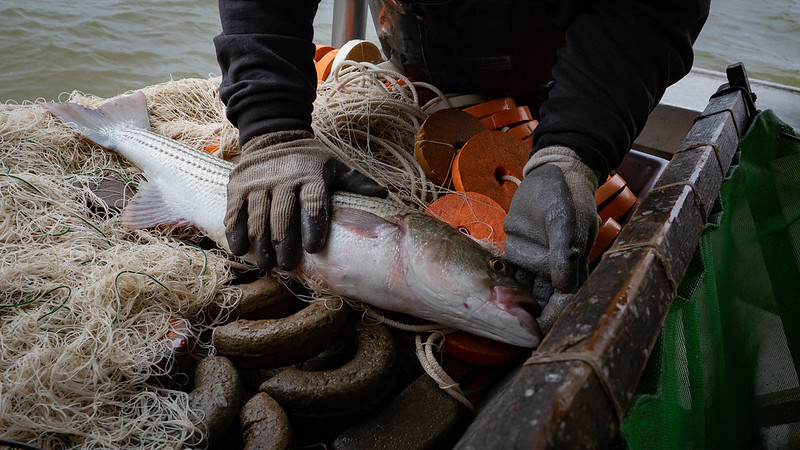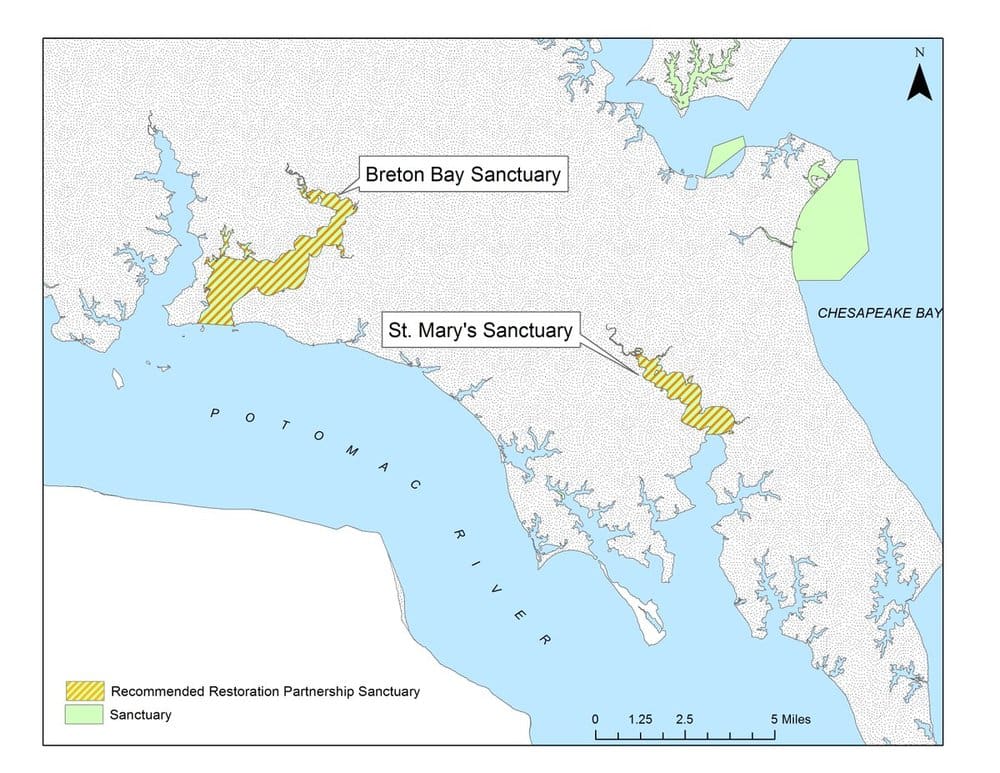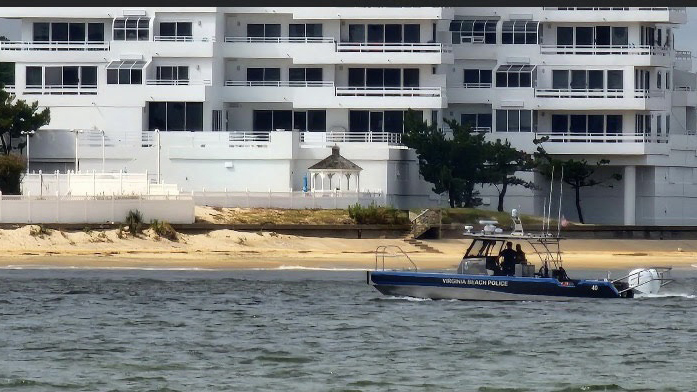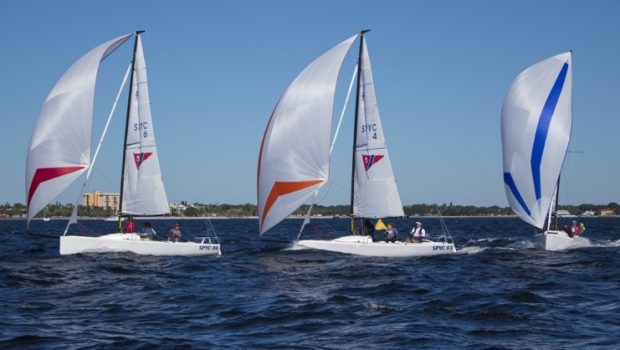At its 2021 Annual Meeting last week, the Atlantic Striped Bass Board of the Atlantic States Marine Fisheries Commission (ASMFC) took a positive step toward rebuilding our beloved rockfish stock from its currently depleted condition.
The move came in response to news from the Maryland Department of Natural Resources (MD DNR) that its 2021 Juvenile Striped Bass Index was 3.2, well below the annual average of 11.4 for the third consecutive year. In fact, it
has been below average for ten of the past 16 years. Virginia’s index of 6.30 was closer to, but still below, its long-term average of 7.77.
Concern about rockfish has been building for at least five years, and ASMFC’s Striped Bass Board initiated development of a new amendment (number 7, but the first since 2003) to the fishery management plan last winter. The Board’s May meeting sketched out six priorities for the Commission’s Plan Development Team to build into the amendment. The team submitted its draft for Board approval at last week’s meeting.
There has been plenty of debate about ways to reduce fishing mortality and rebuild the stock, but until now, there has been no concrete, enforceable timetable set for the task. But Meghan Ware, a fishery manager from Maine, made a motion to rebuild “within 10 years of learning that the stock had become overfished,” which condition the most recent coastwide survey had already confirmed in 2018. Thanks to the bad news from the Chesapeake, Ms. Ware’s motion also required the Board to assume low recruitment when working out appropriately restrictive levels of commercial and recreational fishing mortality for the next seven years.
The motion was a formal acknowledgment that the clock was already ticking on a required rebuild. The job for Amendment 7 of the Atlantic Striped Bass Management Plan will now begin with a formal rebuilding plan. Ms. Ware noted that any further delay could make the process more difficult and force draconian cutbacks in all fishing for this iconic species. She also said noted that public comment last winter had overwhelmingly called for a concrete rebuilding plan, whatever the cost in the immediate future. No one wants to go back to the dark moratorium days of the late 1980s.
Ms. Ware’s motion, tasks ASMFC with drafting specific rebuild options on the required, now seven-year timetable. In other words, despite a lot of fishery management jargon, the time has come for the rubber to meet the road.
After another draft and more meetings, by next spring those who love these fish will have opportunities to make it clear that they want them restored on schedule, even if it means harvest limits. No one wants to hear the word moratorium ever again.
-John Page Williams




